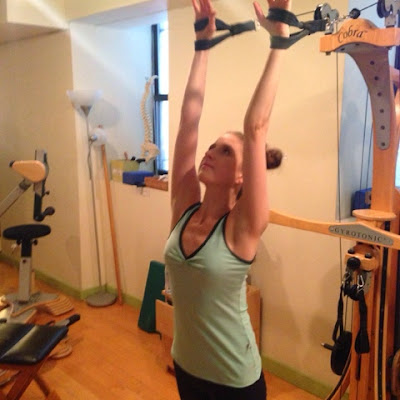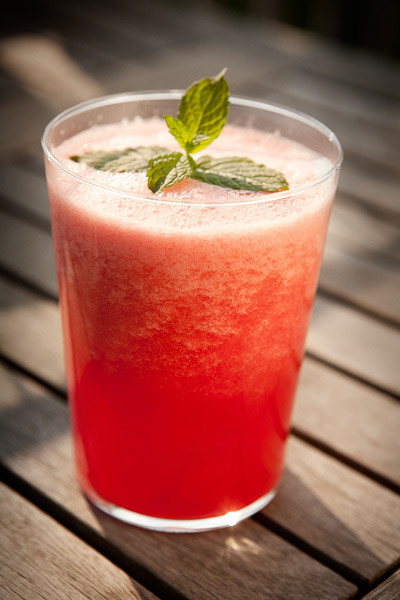Living a healthier life can not only extend your life, it can also improve the quality. Feeling physically better and having control over your own life can greatly increase your mental health as well. Although there are some aspects of physical and mental health that are beyond an individual's control, there are many things that people can do to improve their quality of life.
Health is a quality of life involving dynamic interaction and interdependence among the individual's physical state, their mental and emotional reactions, and the social context in which the individual exists. Three major components that contribute to general well-being are: Self-awareness, a balanced diet, and regular physical activity. In order to lead a healthy lifestyle, it is essential that individuals constantly monitor their health. This involves not only physical, but also mental and emotional aspects of the body's functioning, as they relate to the home, school, work, and leisure environments. If necessary changes are made sooner rather than later, then a stable, balanced and healthy lifestyle will be more consistently maintained. Some things that can help people reach this goal are nutrition and meal preparation, exercise and physical fitness and maintaining regular check ups with doctors.
Our bodies, like cars, need fuel to run. And like cars, the quality of the fuel that we use can affect our performance. Making sure that you are giving your body all the fuel it needs and the best quality fuel you can will improve how your body runs and feels. Our "fuel" comes from food and the nutrients that food provides. A number of government agencies in the United States (including the Food and Drug Administration [FDA], Department of Health and Human Services, and Department of Agriculture) have spent years researching proper nutrition and developing guidelines for food intake. To read more about their guidelines check out the FDA website as well as the Department of Agriculture's website. They have come up with seven general dietary guidelines for healthy adults. These seven general guidelines are:
- Eat a variety of foods to get the energy, protein, vitamins, minerals, and fiber you need for good health.
- Maintain a healthy weight, this can lower your chances of having high blood pressure, heart disease, a stroke, certain cancers, and the most common kind of diabetes.
- Choose a diet low in fat and cholesterol, this can lower your risk of heart disease and certain types of cancer. A diet low in fat can also help you maintain a healthy weight.
- Choose a diet with plenty of vegetables, fruits, and grain products. These types of food provide needed vitamins, minerals, fiber, and carbohydrates, and are generally lower in fat to help you maintain a healthy weight. (A great blog to follow to get ideas on vegetable rich meals is Oh She Glows).
- Use sugar in moderation, sugar has many calories and few nutrients and can contribute to tooth decay.
- Use salt in moderation, this helps lower your risk of high blood pressure.
- If you drink alcoholic beverages, do so in moderation. Alcoholic beverages supply calories, but little or no nutrients. Drinking alcohol is also the cause of many health problems and accidents and can lead to addiction.
Exercising and staying physically fit are an important part of maintaining your health. Proper exercise and fitness can improve your health in many ways. It can:
- Improve the health of your heart and lungs, which lowers your chances of heart disease.
- Lower your cholesterol and blood pressure, which lowers your chances of heart disease, stroke, and other chronic diseases.
- Maintain your weight, which lowers your chances of heart disease, stroke, and other chronic diseases.
- Improve your strength and flexibility, which makes daily activities easier and lowers your chance of osteoporosis, broken bones, pulled muscles, and other injuries.
- Improve your mental health, by lowering anxiety and depression and increasing feelings of control and well-being.
The type of exercises you do and how often you do them can vary greatly from person to person, but all healthcare professionals agree that exercise is beneficial to everyone's health. There are many different kinds of exercise (walking, running, swimming, dancing, and weight lifting, to name just a few). A good exercise program will include some combination of these three types of exercise:
- Cardiovascular: Cardiovascular exercise improves and strengthens your heart, lungs, and circulation and helps people lose weight. Cardiovascular exercise is any type of exercise that raises your heart rate to a 'target zone' (determined by your age, weight, and health). Some of the most commonly discussed types of cardiovascular exercise include running, aerobics, bicycling, walking, and stair climbing, but could also include dancing, skating, skiing, martial arts, tennis, or any type of exercise that raises your heart rate.
- Strength training: Strength training helps you by making you stronger and giving you better endurance (so you can do things longer). This makes day-to-day activities easier and reduces your chances of injury. While many people think of weight lifting when they hear 'strength training', there are many different types of exercises you can do to improve your strength (and you don't have to be a muscle-man or woman to do them.) Some common strength training exercises include sit-ups, push-ups, and using nautilus machines, strength bands, and free weights.
- Exercises that increase your flexibility: Flexibility exercises give you greater range of motion in your joints and make your body more supple, again, making day-to-day activities easier and reducing your chances of injury. Many people do specific stretching exercises to increase their flexibility but other types of exercise (such as dancing, yoga, and martial arts) can also improve flexibility.
Doing these exercises are available to you even if you don't belong to a gym. You can look up exercise videos online and workout at home. Below is a video teaching you yoga poses that you can do in your home.
Having a healthy diet and exercise regularly can prevent very serious diseases like heart disease, diabetes, high blood pressure, and strokes, to name a few. Easy ways to stay healthy and prevent illness is to eat well and exercise regularly and have a yearly physical with your doctor or healthcare provider. This checkup should include checking your weight, blood pressure, listening to your heart and lungs, and a general physical exam; discussing your lifestyle (exercise, diet), health problems, and current medication; and answering any questions you may have about your health.
Healthy living is a combination of many things, including good nutrition, regular exercise and a positive attitude. Taking care of your body and feeling pride in your accomplishments can improve both your physical and mental health. There are many things you can do to improve your quality of life-improving your diet and exercising regularly are two of the easiest steps. No matter how small you start (adding an apple a day to your diet or walking 5 more minutes a day), you can make a change and an improvement in your life.



















